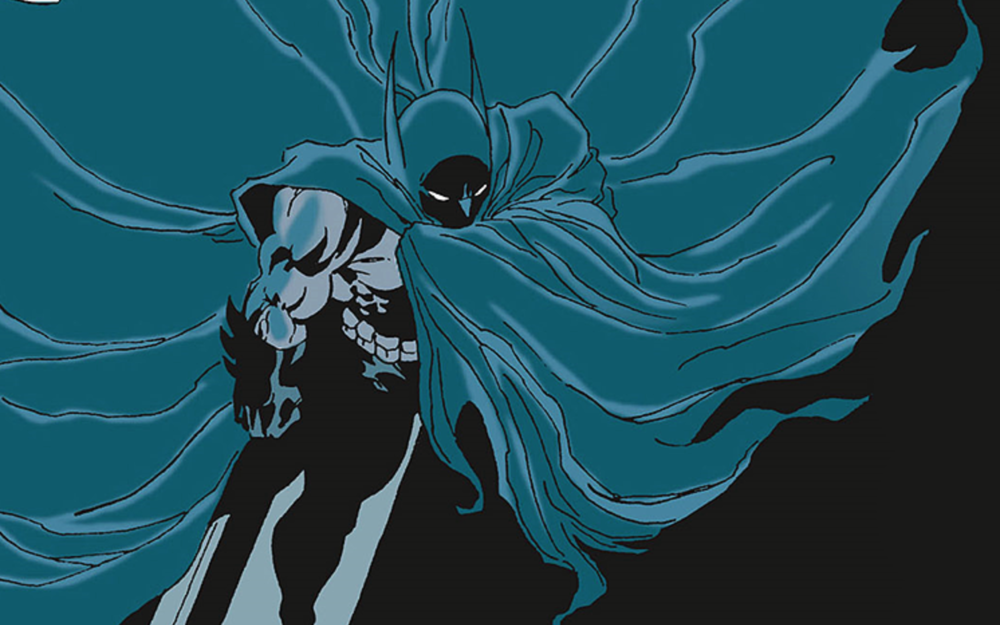Table of Contents Show
In 1996, Jeph Loeb and Tim Sale decided to pen The Long Halloween as a follow-up to their successful Batman Halloween specials. The Long Halloween follows Batman as he attempts to catch the Holiday killer. Essentially, someone from the Falcone crime family is killed on each major holiday.
In a Silence of the Lambs-esque style, Batman attempts to use the imprisoned Calendar Man to shed light on the mysterious killer. Following Calendar Man’s subtle clues, Batman is slowly drawn into a web of intrigue involving the Falcones, Catwoman, conflicted District Attorney Harvey Dent, and Commissioner Gordon. The thirteen-issue maxi-series was an immediate hit, spawning a sequel, a spin-off, and tying into Christopher Nolan’s film trilogy, but is Jeph Loeb’s magnum opus the singular best Batman story of all time?
The Bat And The Cat
Batman and Catwoman have always had a tempestuous relationship: the characters were occasionally allies and enemies throughout their long history prior to The Long Halloween. Jeph Loeb and Tim Sale took the existing foundation between the two and capitalized on the most interesting components. The banter between Batman and Catwoman is entertaining without being cheesy or repetitive, but Loeb and Sale add significant characterization to each.
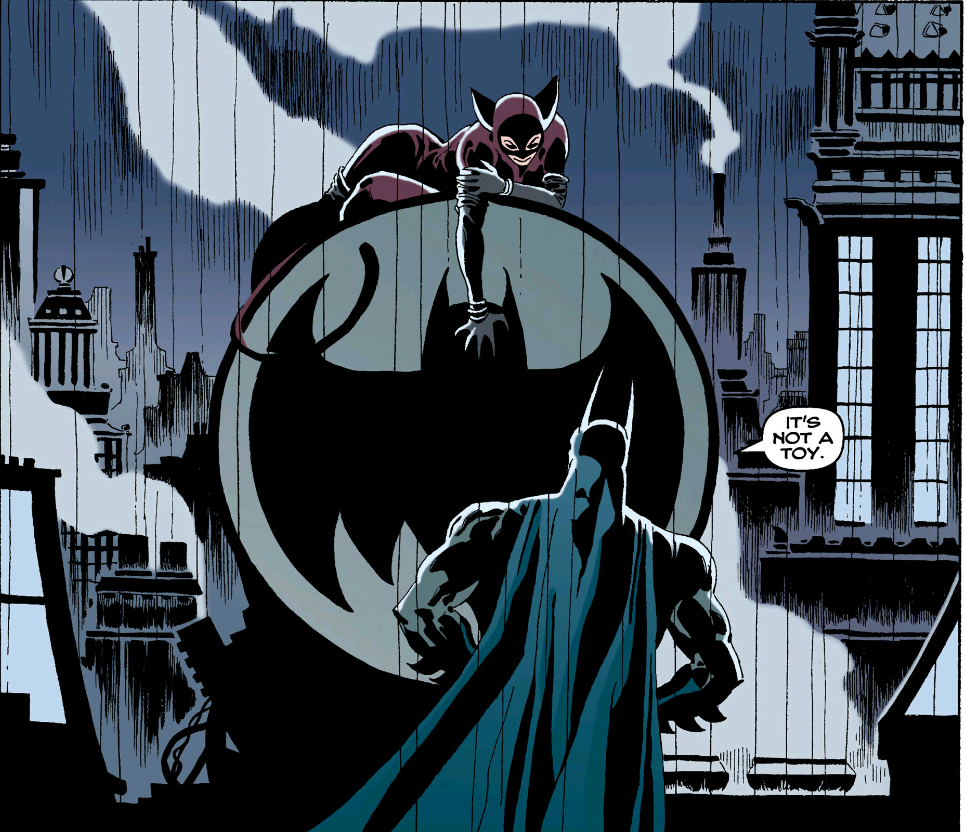
First, it’s clear that Catwoman knows about Batman’s secret identity. Second, Catwoman manages to evade Batman several times throughout the graphic novel. Finally, it is heavily implied that Catwoman is the daughter of crime boss Carmine Falcone as she is routinely shown doing reconnaissance work in relation to the Falcone family. The Long Halloween proves that Catwoman is comparable to Batman. Catwoman’s detective work involving her father’s true identity is covert and stealth. In addition, she manages to discern Bruce Wayne’s alter-ego within a few months of associating with the billionaire by day and the Caped Crusader by night. Catwoman also divulges her true intentions to Batman when she chooses, despite one or two times when he physically overpowers her.
Ultimately, Catwoman’s assertion is proven to be correct: the two characters are quite similar. Catwoman is as much of a threat to any criminal as Batman is, and at times a half-step better as Batman never realizes Selina Kyle and Catwoman are one and the same. By establishing Catwoman as a morally ambiguous counter to Batman’s set against the back-drop of genuine romantic interest, Loeb and Sale add long-overdo weight to the pair’s relationship.
Thirty Days Hath September…
The Long Halloween did a great job reintroducing Calendar Man to the DC universe. The character was always a minor villain and hadn’t made an appearance in over ten years. Jeph Loeb reinvented Calendar Man, making him just plain creepy. His white attire, surrounded by an all-white prison cell, adds a layer of discomfort to the already unsettling Arkham Asylum. Calendar Man is always calm and seems to be aware of the Holiday killers’ identities from early in the story, repeatedly hinting that the killer is both a he and a she (Gilda and Harvey Dent). This is yet another detail Batman fails to discover for himself.
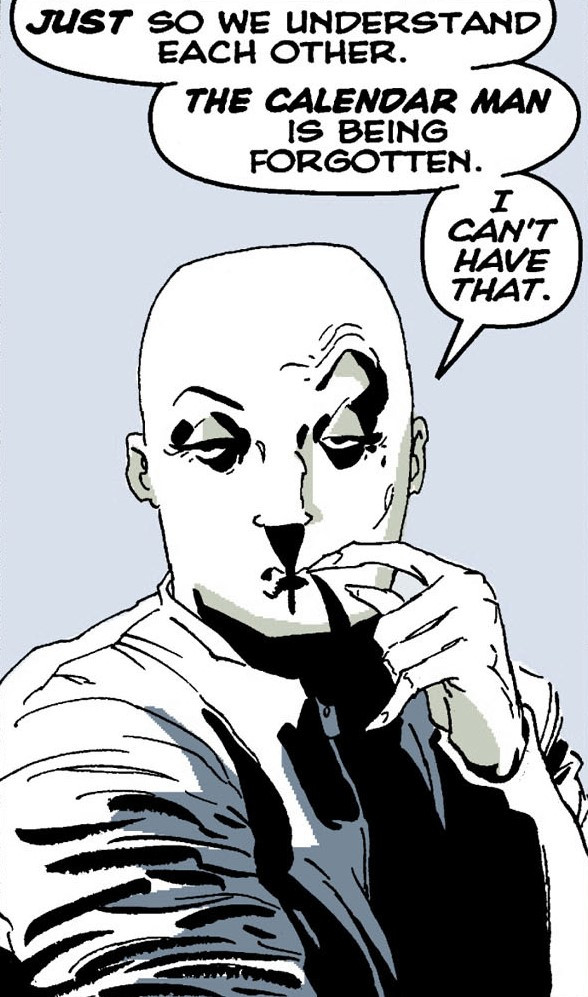
Calendar Man’s appearance and encounters with Batman in The Long Halloween are undoubtedly inspired by The Silence of the Lambs. I think Loeb and Sale purposely use Calendar Man sparingly in The Long Halloween in order to avoid any direct comparisons between Hannibal Lecter and Calendar Man. Nonetheless, the interactions between Batman and Calendar Man are captivating. It became clear early in their conversation that Batman was out of his league with the Holiday killings.
Batman is still young and early in his career as The Dark Knight. Thus, Calendar Man enjoys toying with the young Caped Crusader as he attempts to unravel a carefully orchestrated series of murders. The dynamic between the duo makes the reader question if Batman is up to the task while also paying homage to a nearly-forgotten villain.
Harvey Two-Face
Two-Face has historically been a campy, dated villain. He was originally depicted as a mob-like crime lord with a conveniently menacing aesthetic. Loeb and Sale spun that characterization in a different direction for The Long Halloween by making Harvey Dent one of the good guys.
The Long Halloween shows Harvey frequently working alongside Commissioner Gordon and Batman to stop the Holiday killer. By doing so, Loeb and Sale contrasted Harvey with his companions. Harvey was willing to do anything, including break the law, to keep known criminals behind bars. While Batman is a vigilante, he is well-aware of the line between justice and despotism. Harvey lacks this insight and pays for it dearly when Sal Maroni throws acid in half his face as revenge for forcing him to testify against Falcone.
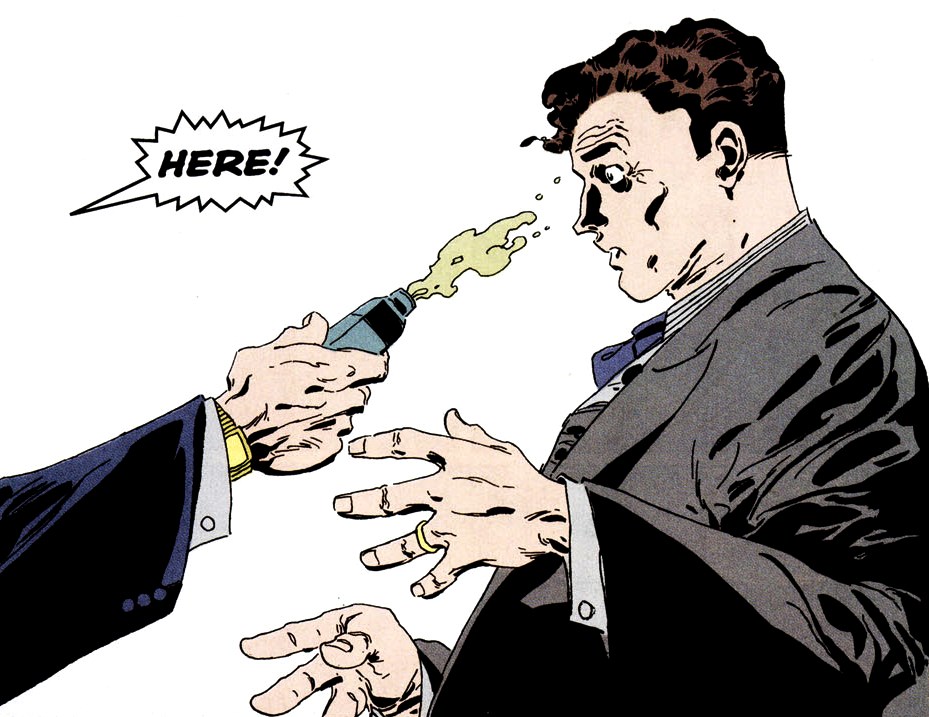
Since The Long Halloween, the Two-Face origin story has become a point of interest. It was most notably adapted from Christopher Nolan’s second Batman film, The Dark Knight. Overall, Two-Face is considered a weak point in the film and his origin story was more or less botched due to his overly-benevolent attitude prior to the transformation into Two-Face and his fixation with Rachel Dawes. Part of what made Two-Face’s origins in The Long Halloween so effective was his relationship with Gilda Dent, who in a twist-ending is revealed to have committed several of the Holiday murders.
The Dents took part in the Holiday killings in order to finally spend time together. Nolan placing Harvey into a love triangle between Rachel and Bruce just didn’t have the same weight as Harvey’s relationship with Gilda.
The Holiday Killers: Unmasked
Naturally, the biggest question of The Long Halloween is who is the Holiday killer? It was genuinely a mystery until the last three pages of the series. While it was subtly hinted throughout that Harvey Dent was likely responsible for at least some of the Holiday murders, it wasn’t sensible for Harvey to have committed all of them. Harvey made a pact with Commissioner Gordon and Batman to stop the Falcone gang; there would be no reason for him to immediately betray that by taking the law into his own hands.
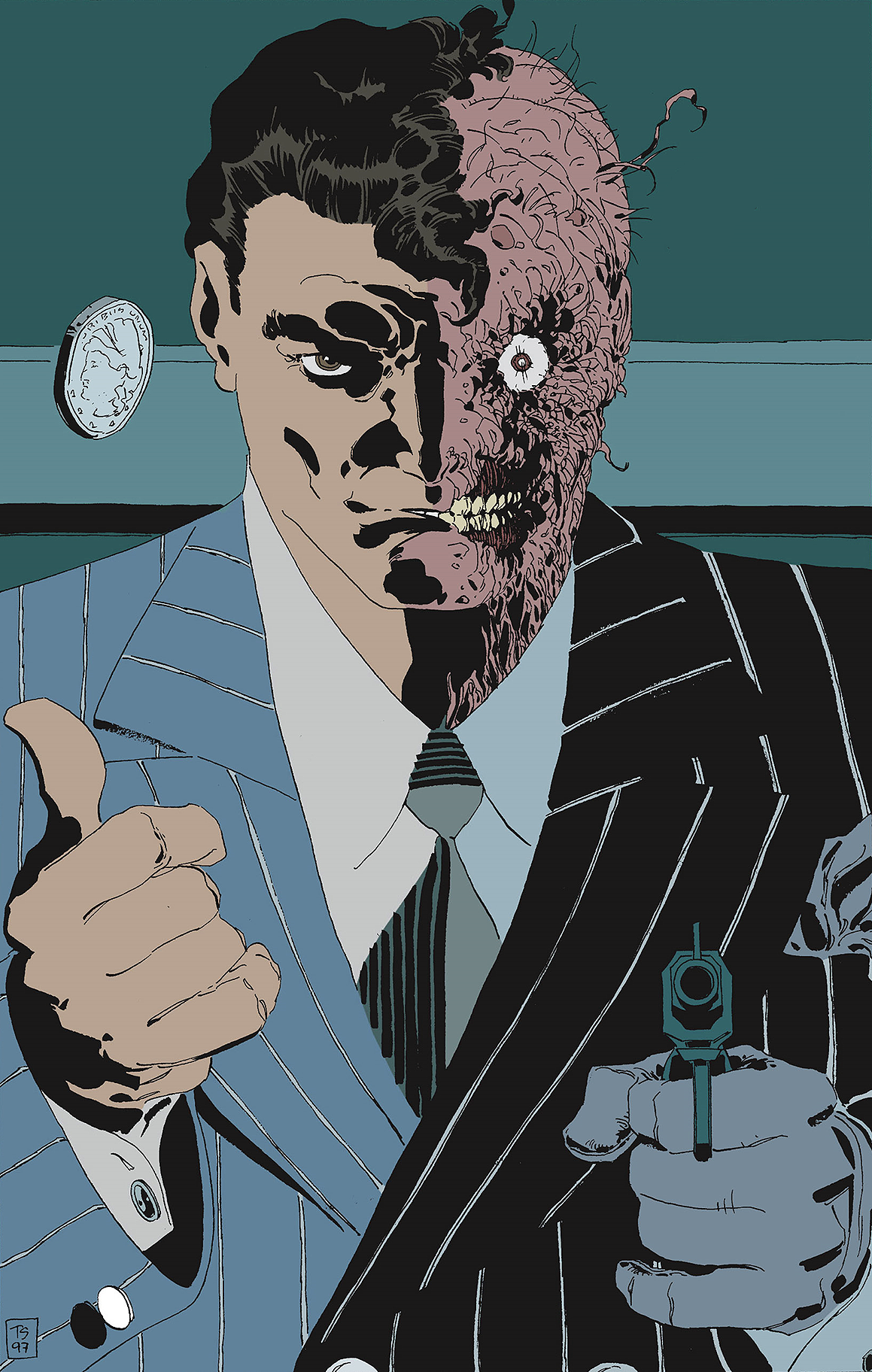
Harvey, now Two-Face, ominously warned during his arrest that there were, in fact, two Holiday killers. Calendar Man also hints towards the possibility of there being two killers earlier in the story, but who was the other killer? After thirteen issues worth of mystery and intrigue, The Long Halloween concludes with Gilda Dent. Gilda narrates as she packs boxes in her house, seemingly moving away from Gotham City. Gilda takes one box containing Harvey’s coat, hat, and the gun used to commit the murders and throws them into the furnace.
Upon doing so, Gilda explains that she started the Holiday killings in an attempt to spend time with Harvey. By committing the murders, the couple was finally working together, having a secret between only them. Gilda concludes the narrative by explaining that, without Harvey, the police have no chance of uncovering her role in the murders. Tragically, Gilda asserts that she still believes in Harvey Dent.
The End Of The Beginning
The Long Halloween’s final few pages are surprising, but the ending is all the more powerful because of the remaining ambiguity. There are still so many loose threads. Although Loeb and Sale followed The Long Halloween with a sequel in 2001, Dark Victory, part of what makes The Long Halloween great is that perfect balance of uncertainty. Loeb and Sale want the reader to work a little bit: Harvey and Gilda were probably the only two Holiday killers, but why did Alberto Falcone confess to all the murders?
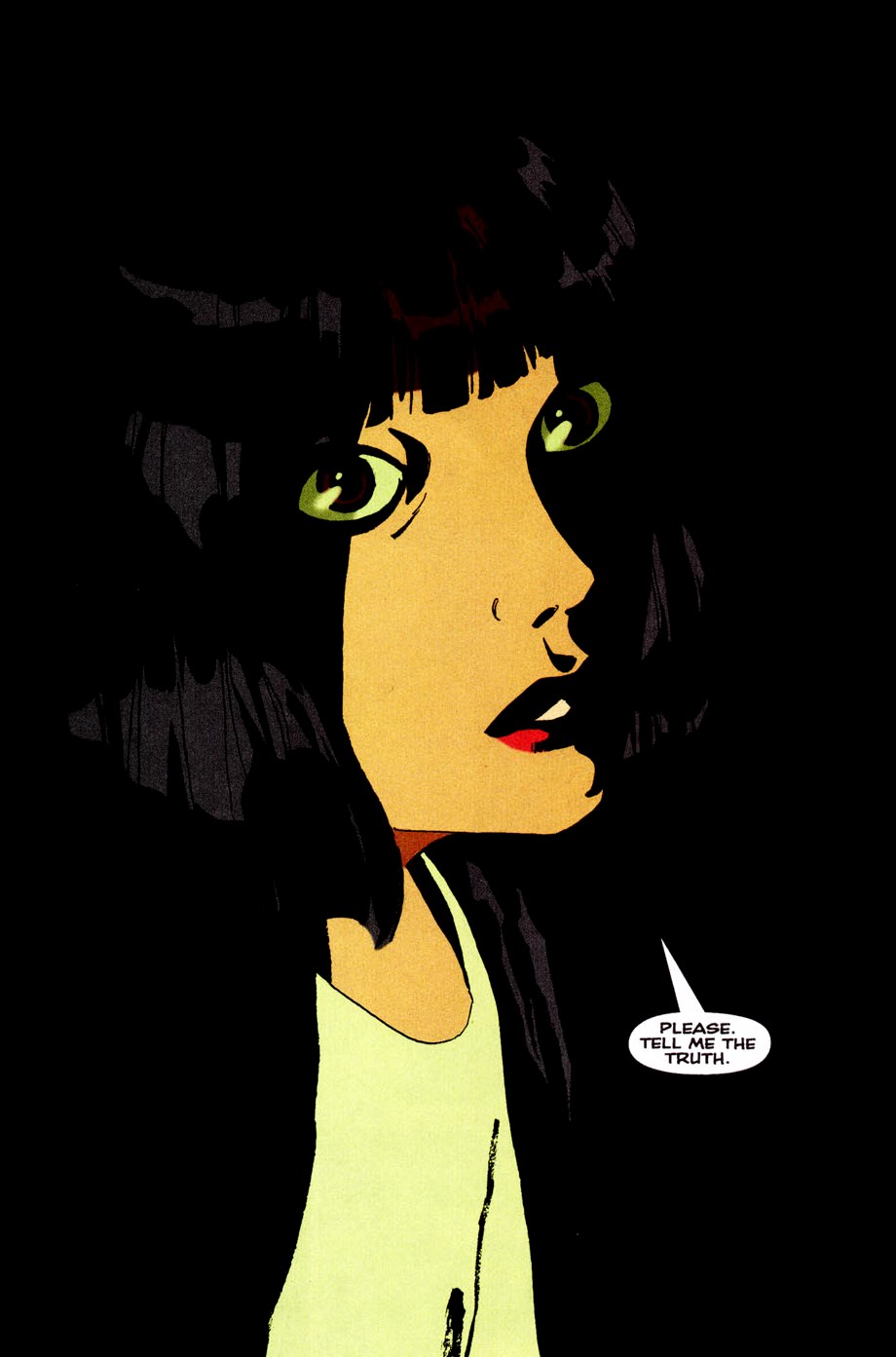
Why did Gilda or Harvey spare Alberto when he was allegedly killed? Does Batman know about any of this? There is also the glaringly obvious question of whether Catwoman is actually Carmine Falcone’s daughter. By maintaining a healthy level of skepticism in the reader throughout The Long Halloween, Loeb and Sale make the ending incredibly satisfying.
The Greatest Story Ever Told
I first read The Long Halloween when I was about eleven or twelve years old. The story may have been a little adult for me, but I fell in love with it after the first read. I loved Batman and was familiar with a decent chunk of the character’s best stories, but in The Long Halloween Batman is at both his most vulnerable and his most determined. He is thoroughly uncompromising in his mission to rid Gotham City of the criminal underworld that took his parents’ lives; he refuses help from anyone, perhaps stubbornly; and he keeps his interest in Catwoman at bay in order to maintain independence.
These themes are typical of the super-hero genre, but Batman stood by himself against a world of grey morality and unrelenting criminality. For a lonely young boy, that theme is both incredibly relatable, resonates, and really cool. Loeb and Sale deserve immense praise for The Long Halloween as it incorporates nearly every element of the Batman universe successfully, compellingly, and effectively. The graphic novel is long, totaling nearly 400 pages, but it reads quickly and its length enables the reader to fully examine the all-encompassing details of the Batman universe Loeb and Sale display.
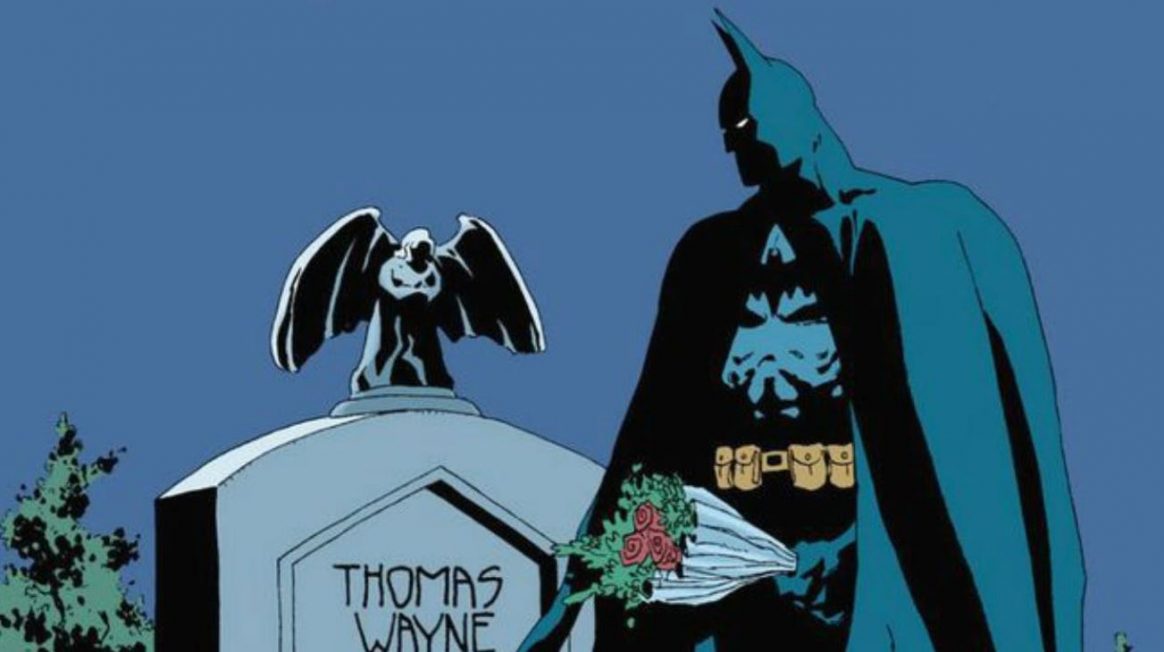
Nearly every major villain features in the story, the character of Catwoman is significantly developed, the ending is powerful and tragic, Batman’s backstory is thoroughly incorporated, and countless new elements of Gotham City are introduced to heighten The Long Halloween’s impact. With all these moving parts, one might assume the story is ambitious and crowded, but it is incredibly subtle and understated in its critical examination of the Caped Crusader and his most harrowing case yet. Truly living up to its forebearer title of Detective Comics, The Long Halloween very much seems to have solidified its place as the greatest Batman story ever written.
